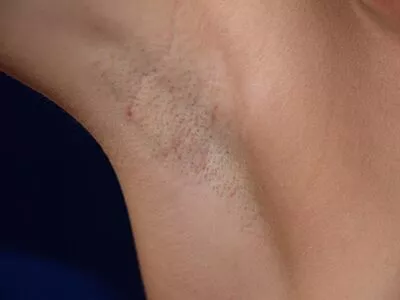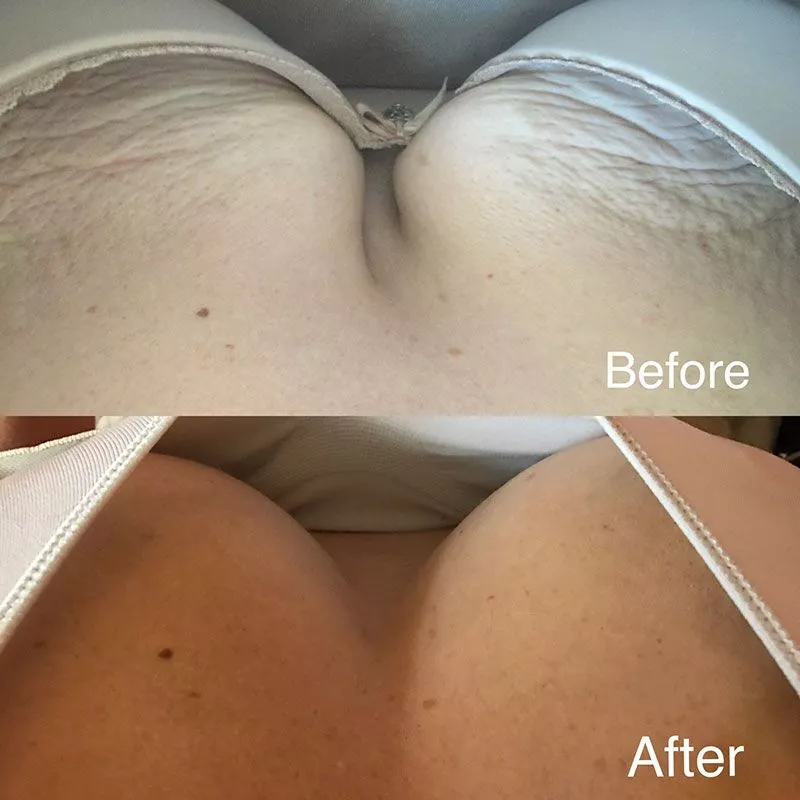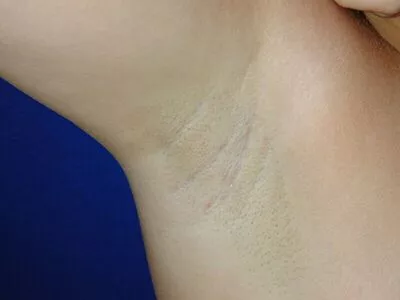
Understanding the Life-span of Your Breast Augmentation
Introduction
Breast enhancement has become a popular cosmetic procedure, assisting individuals achieve their desired breast size and shape. Whether you're considering breast augmentation or fat transfer breast augmentation, understanding the life expectancy of your breast implants is essential for preserving their look and guaranteeing your long-term satisfaction. In this extensive guide, we'll explore every element of breast augmentation-- from the types offered to how they age over time. By the end of this short article, you'll have an extensive understanding of what to anticipate and when to think about replacement.

Understanding the Life expectancy of Your Breast Implants
When it comes to breast augmentation, among the most often asked questions is: "The length of time do breast implants last?" The life-span of breast augmentation can differ substantially based upon a number of elements, consisting of the kind of implant utilized, your body's individual response, and how well you preserve them.
Types of Breast Implants
Silicone Implants: A Popular Choice
Silicone implants are known for their natural feel and appearance. A lot of women prefer silicone because they carefully mimic the texture and weight of natural breasts. However, if a silicone implant ruptures, it may not be right away obvious, leading some ladies to opt for routine check-ups.
Saline Implants: The Budget-Friendly Option
Saline implants are filled with sterilized salt water and are usually cheaper than their silicone equivalents. In case of a rupture, saline is safely absorbed by the body. However, they may not supply as natural a look as silicone implants.
Gummy Bear Implants: A Firm Alternative
Gummy bear implants are teardrop-shaped and filled with a thicker gel that preserves its shape even if the implant shell breaks. This type uses a more natural contour but requires more cautious positioning throughout surgery.
The Lifecycle Phases of Breast Implants
Common Factors Affecting Lifespan
- Age: As you age, skin flexibility reduces; this can affect how your breasts look over time.
- Lifestyle Choices: Weight changes from dieting or pregnancy can impact breast appearance.
- Quality of Surgery: Selecting a board-certified cosmetic surgeon for your breast augmentation surgical treatment near me guarantees optimum results and longevity.
Monitoring Your Breast Implants' Health
Regular check-ups with your plastic surgeon can assist capture any possible problems early on. It's suggested that females with breast implant go through MRI imaging every 2 years after initial placement to check for leaks or ruptures.
Signs You Might Require Replacement
Changes in Forming or Size
One common indication that your breast augmentation might require replacement is visible changes fit or size with time. If you observe one side appears larger than the other or becomes deformed, consult with your surgeon.
Capsular Contracture: An Undesirable Condition
Capsular contracture occurs when scar tissue forms firmly around an implant. Symptoms consist of firmness or firmness in one or both breasts and prospective pain. If this occurs, surgical intervention may be essential to remedy it.
Rupture Indications to Enjoy For
If you have saline implants and experience fast deflation accompanied by noticeable changes in shapes and size, it's extremely likely that you have actually experienced a rupture. Silicone ruptures typically go unnoticed however might provide symptoms like discomfort or swelling in surrounding areas.
Changing Preferences Over Time
Your visual choices might change gradually-- possibly you have actually decided you 'd like larger breasts or prefer a different shape altogether! Altering designs are completely normal reasons for seeking replacement options.
The Treatment for Changing Breast Implants
Consultation with Your Surgeon
Before undergoing any procedure to replace your breast implants, arrange an appointment with your cosmetic surgeon for an evaluation. They will evaluate whether replacement is essential based on physical exam results and any imaging studies performed previously.
Choosing New Implants: What You Required to Know
During this phase, you'll pick brand-new implant types-- whether sticking with silicone or going with fat transfer breast enhancement instead-- for a more natural feel without artificial materials.
Surgical Treatment Overview
The replacement procedure generally includes getting rid of tummy tuck Hayward old implants before placing brand-new ones through existing incisions whenever possible-- decreasing scarring while taking full advantage of healing efficiency.
FAQ Section
1. The length of time do breast augmentation last?
Most producers suggest replacing them every 10-15 years; however, numerous females keep theirs a lot longer without issues.
2. Can I still get pregnant after getting breast augmentation?
Yes! Pregnancy doesn't normally impact implant stability however can trigger changes in size/shape due to hormonal fluctuations throughout pregnancy/breastfeeding.
3. Exists any method to avoid capsular contracture?
While there's no proven approach to prevent it totally; choosing a knowledgeable surgeon decreases threat factors associated with establishing capsular contracture significantly!
4. Do I need regular check-ups after my surgery?
Absolutely! Regular follow-ups enable keeping an eye on for problems such as rupture/capsular contracture-- keeping peace-of-mind throughout ownership!

5. What occurs if my silicone implant ruptures?
If a rupture occurs; signs might differ from swelling/pain nearby-- consulting your doctor without delay is essential!
6. Exist alternatives besides standard silicone/saline options?
Yes! Fat transfer strategies offer viable alternatives offering boosted volume while utilizing body fat rather than artificial materials!
Conclusion
In summary, comprehending the life expectancy of your breast augmentation involves knowing what types exist along with possible risks involved throughout ownership-- from initial placement down through ultimate replacement situations when needed! Whether you're pondering having this transformative procedure done yourself-- or currently possess these enhancements-- the key takeaway is routine monitoring combined with continuous assessment ensures satisfying results over time!
By staying informed about all elements concerning "Comprehending the Life-span of Your Breast Implants," you're much better equipped not just mentally however physically too-- prominent ultimately towards satisfying experiences ahead!